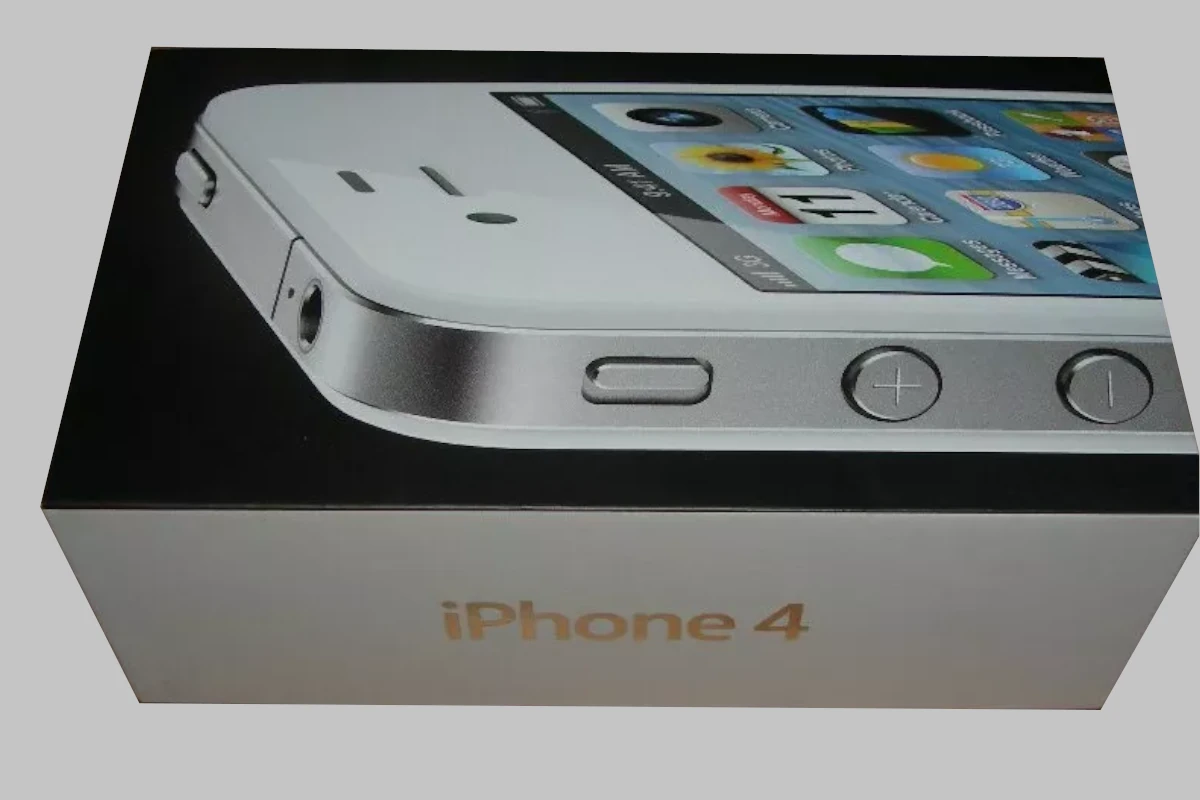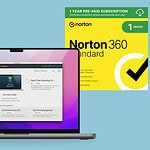Get ready to feel a wave of nostalgia. A Reddit post is going viral after someone shared x-ray images of a still-sealed iPhone 4 in its original box and packaging. The post provides a glimpse into the internal components of this iconic device without opening the packaging. This unique view of Apple’s revolutionary smartphone has everyone reminiscing and sparking curiosity among tech enthusiasts who may not have had the chance to own an iPhone 4 when it was originally released.
The sealed iPhone 4 represents a significant piece of technology history. Apple’s fourth-generation iPhone introduced several groundbreaking features, including the Retina display and FaceTime. The x-ray images offer a rare look at the device’s internal layout, showcasing the compact design that made the iPhone 4 a marvel of engineering for its time.
Tech collectors and Apple fans are particularly interested in sealed, vintage iPhones, as these unopened devices can fetch high prices in the resale market. The viral Reddit post has reignited discussions about the value of sealed iPhones and the appeal of preserving technology in its original, untouched state.
You can see the pictures here:
The Intricate Details Revealed by the X-Ray
Contents of the iPhone 4 Package
The X-ray image highlights the meticulous design Apple is known for. The sealed iPhone 4 package includes several components, all arranged with precision:
- The iPhone 4 device, snugly fitted in its compartment
- A USB power adapter, easily recognizable by its compact block design
- A set of Apple EarPods, coiled within their plastic case
- A 30-pin USB cable, neatly wrapped and placed beneath the adapter
- Documentation, including user guides, tucked away at the top
The Significance of X-Ray Scans
Collectors and tech enthusiasts have been fascinated by this X-ray scan for several reasons:
- Authenticity Verification: X-rays allow collectors to verify the contents of sealed items without breaking the seal.
- Nostalgia: The iPhone 4 represents a turning point in smartphone design, and seeing it preserved perfectly sparks fond memories.
- Technical Insight: Apple’s packaging reflects their commitment to detail, from component placement to the use of materials.
Comparison of iPhone Packaging Over Time
A quick comparison of Apple’s packaging evolution shows how the iPhone 4 set a standard for compact, eco-friendly design:
| iPhone Model | Year Released | Key Packaging Features |
|---|---|---|
| iPhone (Original) | 2007 | Large box, emphasis on showcasing the device with limited accessories. |
| iPhone 4 | 2010 | Compact box, organized layout, increased use of recyclable materials. |
| iPhone 12 | 2020 | Reduced box size, removed charger and EarPods, focus on sustainability. |
What This Means for Collectors
The X-ray scan underscores the value of maintaining original packaging. Sealed devices retain their market value and historical significance better than opened ones. For collectors, tools like X-ray scans make it possible to confirm the integrity of a package without compromising its condition.
How Technology Preserves History
This scan isn’t just about one product. It’s part of a broader trend where modern technology helps document and preserve historical artifacts. The iPhone 4, once a cutting-edge device, is now viewed as a piece of tech history. The ability to analyze such items non-invasively ensures their longevity for future generations.
Key Takeaways
- X-ray images of a sealed iPhone 4 have gone viral on Reddit
- Sealed vintage iPhones can be valuable collectors’ items
- The iPhone 4 was a groundbreaking device in smartphone history
Unveiling the Hidden: The Discovery of Sealed iPhone 4
The viral Reddit post capturing an X-ray scan of a sealed iPhone 4 package offers a rare look into the precision of Apple’s early packaging design. Each component, from the iPhone itself to the carefully coiled accessories, remains frozen in time, untouched. It’s a perfect example of how tech enthusiasts are finding new ways to explore the past while preserving its value for collectors.
A sealed iPhone 4 in its retail box became the subject of viral attention on Reddit. X-ray imaging revealed the device’s contents, sparking interest among tech enthusiasts and collectors.
Background of the iPhone 4 and Its Significance
The iPhone 4 launched in 2010 as Apple’s fourth-generation smartphone. It introduced several key features:
- Retina display with 326 pixels per inch
- FaceTime video calling
- 5-megapixel rear camera with LED flash
- A4 chip for improved performance
Steve Jobs unveiled the iPhone 4 at WWDC 2010. The device’s sleek glass and stainless steel design marked a significant departure from previous models. It sold over 1.7 million units in its first three days of release.
The Emergence of X-Ray Imaging in Verifying Authenticity
X-ray imaging has become a valuable tool for verifying sealed iPhones. The technique allows collectors to inspect devices without breaking the seal. X-rays reveal:
- Internal components
- Battery placement
- Presence of accessories
This non-invasive method helps confirm the authenticity of mint condition iPhones. Collectors use x-rays to spot counterfeit devices or tampered packaging. The process preserves the value of sealed units, which can fetch high prices at auction.
X-ray images of the sealed iPhone 4 on Reddit showed the iconic Apple logo and device outline. The clear images sparked discussions about the phone’s potential value and rarity.
Frequently Asked Questions
The viral X-ray images of a sealed iPhone 4 have sparked numerous questions about product authenticity, potential issues, and consumer trust. These inquiries highlight the importance of verifying sealed tech products and understanding manufacturer protocols.
What are common indicators of authenticity in a factory-sealed iPhone?
Factory-sealed iPhones typically have tight plastic wrapping with no air bubbles. The box should have intact security seals and show no signs of tampering.
Apple uses specific holographic stickers that are difficult to replicate. The packaging should also have consistent print quality and accurate product information.
Can X-ray imaging detect pre-existing issues in a new, sealed iPhone?
X-ray imaging can reveal internal components and potential defects in sealed iPhones. It may detect loose parts, missing components, or foreign objects inside the packaging.
This technology is useful for quality control but is not commonly available to consumers. Retailers and manufacturers may use X-rays for inventory checks or to investigate complaints.
What steps should one take if they find an iPhone in their possession has been compromised while sealed?
Contact the seller or retailer immediately with proof of purchase. Document the condition of the package and any signs of tampering.
If bought directly from Apple, reach out to their customer support. They may request photos or ask you to bring the device to an Apple Store for inspection.
What are the implications of viral posts on consumer trust in the technology retail sector?
Viral posts about compromised products can significantly impact consumer confidence. They may lead to increased scrutiny of sealed items and demand for better quality control.
Such incidents can prompt retailers to implement stricter verification processes. Manufacturers might also enhance their packaging security to maintain customer trust.
How does the presence of unusual items inside a sealed iPhone’s packaging get addressed by the manufacturer?
Manufacturers typically investigate these rare occurrences thoroughly. They may request the return of the product for examination and to determine the source of the issue.
Companies often issue public statements to address widespread concerns. They may also implement additional quality checks in their production lines to prevent future incidents.
What protocols are in place for the verification of contents within sealed tech products before purchase?
Most retailers rely on the manufacturer’s quality control processes. They generally do not open sealed products for verification before sale.
Some high-end electronics stores may offer to open and inspect products at the customer’s request. Online marketplaces often have return policies that protect buyers from receiving compromised items.







